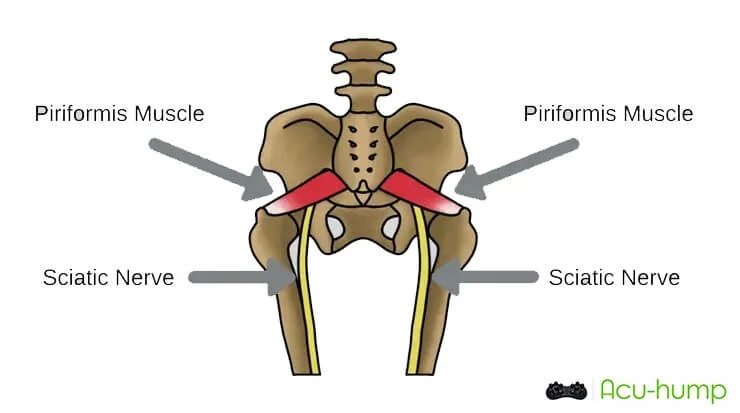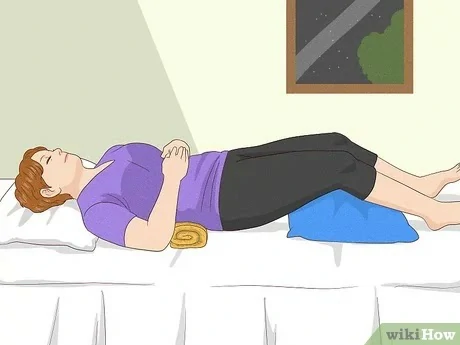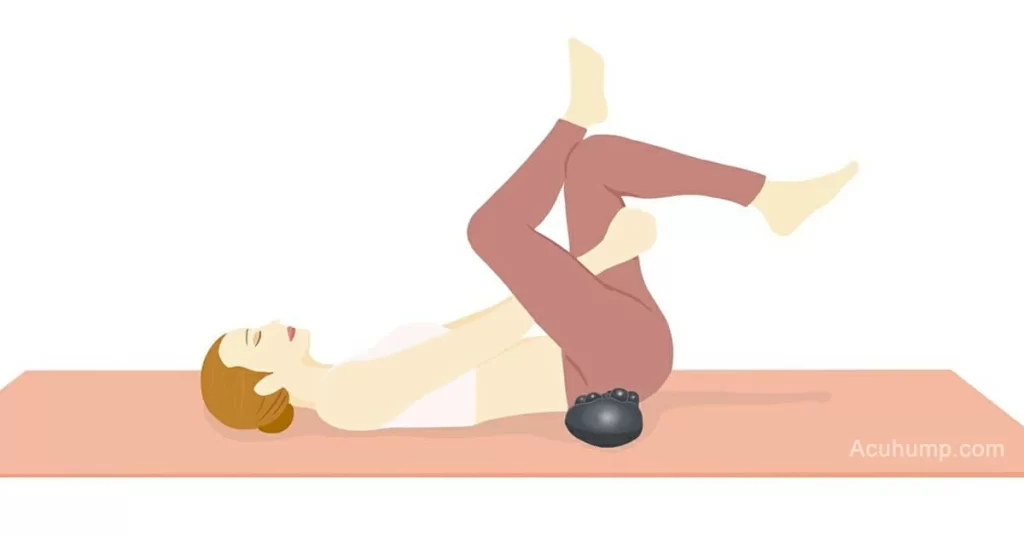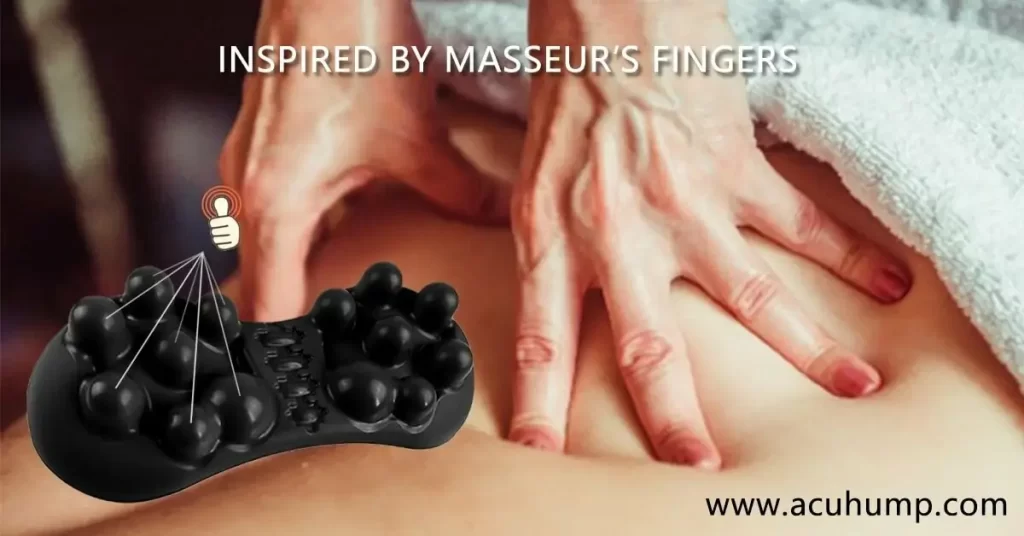Piriformis pain can disrupt sleep quality and interfere with overall well-being. It is crucial to find effective ways to alleviate this pain in order to ensure a good night’s rest. By implementing a combination of strategies, individuals can find relief and improve their sleep.
What is Piriformis Syndrome
Piriformis pain is a common condition that can cause significant discomfort, especially at night when trying to sleep. The piriformis muscle, located deep within the buttocks, plays a crucial role in hip movement and stability. However, when this muscle becomes tight or inflamed, it can compress or irritate the nearby sciatic nerve, leading to pain and discomfort.
The sciatic nerve is the longest nerve in the body and extends from the lower back down through the buttocks and into the legs. When the piriformis muscle tightens or becomes inflamed, it can press against the sciatic nerve, causing pain that radiates down the back of the leg. This is known as piriformis syndrome.

The severity of piriformis pain can vary from mild discomfort to sharp, shooting pain that can make it difficult to find a comfortable sleeping position. The pain can be aggravated by activities such as prolonged sitting, running, or climbing stairs. However, many individuals find that the pain is most bothersome at night when lying down. Furthermore, the pain may also disturb sleep, leading to restless nights and fatigue during the day.
It is important to address piriformis pain to improve sleep quality and overall well-being. By understanding the causes and symptoms of piriformis pain, individuals can take proactive steps to alleviate their discomfort and achieve a restful night’s sleep.
4 Ways to Stop Piriform Pain
Finding Proper Sleeping Positions
Establishing proper sleeping positions is key in reducing piriformis pain and ensuring a good night’s sleep. Sleeping on the back with a pillow placed under the knees can help align the spine and relieve pressure on the piriformis muscle. This position keeps the hips in a neutral position and reduces strain on the lower back and buttocks.

Another effective sleeping position for piriformis pain is sleeping on the side with a pillow placed between the knees. This position helps maintain proper spinal alignment and reduces stress on the piriformis muscle. By placing a pillow between the knees, the hips are kept in a more neutral position, thereby reducing tension and pressure on the piriformis muscle.
When utilizing these sleeping positions, it is important to ensure that the pillows used provide adequate support and comfort. The pillow under the knees or between the knees should be of sufficient height and firmness to maintain proper alignment of the spine.

In addition to these positions, it may be helpful to use additional pillows for support. Placing a pillow under the lower back can provide extra support and help maintain the natural curve of the spine. Similarly, using a body pillow can help provide support and minimize movements during sleep, reducing the risk of aggravating piriformis pain.
It is important to note that finding the most comfortable sleeping position may require some trial and error. Individuals should listen to their bodies and adjust their sleeping positions accordingly to find the most optimal arrangement that alleviates piriformis pain. Some individuals find that using a combination of positions, such as alternating between the back and side lying positions throughout the night, provides the best relief.
By establishing proper sleeping positions, individuals can reduce pressure on the piriformis muscle and minimize discomfort. These positions promote proper spinal alignment and help alleviate strain on the muscle, allowing for a more restful and pain-free sleep.
Practicing Stretching and Strengthening Exercises
Practicing stretching and strengthening exercises is an important aspect of managing piriformis pain and promoting overall muscle health. These exercises specifically target the piriformis muscle and surrounding muscles, helping to improve its stability and support. By incorporating both strengthening and stretching exercises into a routine, individuals can find relief from piriformis pain.
One effective strengthening exercise for the piriformis muscle is the bridge exercise. To perform this exercise, lie on your back with knees bent and feet flat on the floor. Slowly raise your hips off the ground, engaging your buttocks and hamstrings. Hold this position for a few seconds before slowly lowering your hips back down. Repeat this exercise for several repetitions, gradually increasing the intensity as your strength improves.

In addition to strengthening exercises, stretching exercises can help release tension in the piriformis muscle. One effective stretch is the supine piriformis stretch. Lie on your back and cross the affected leg over the opposite knee. Then, gently pull the uncrossed leg towards your chest, feeling a stretch in the buttocks. Hold this stretch for 20-30 seconds and repeat on the other side.

To enhance the effectiveness of piriformis muscle exercises, incorporating the Acu-hump tool can provide deep pressure on the muscles of the buttocks, helping to release tension and improve stretching outcomes. The Acu-hump is designed to target trigger points and tight areas in the muscles, including the piriformis.

Acu-hump® Release Piriformis Muscles
During the supine piriformis stretch, you can place the Acu-hump underneath the affected buttock. This helps to apply focused pressure to the piriformis muscle, enhancing the stretch and promoting muscle relaxation. Gently press down on the Acu-hump while performing the stretch, allowing it to penetrate the muscle tissues and encourage further release of tension.

Acu-hump: 30-day return policy. No risk for you.
Consistency is key when incorporating these exercises into a routine. Start with a few repetitions and gradually increase the intensity and duration as your muscles become stronger and more flexible. It is important to listen to your body and not push beyond your limits, as this can lead to further injury.
By regularly practicing stretching and strengthening exercises, individuals can improve the stability and support of the piriformis muscle, reducing pain and discomfort. These exercises should be performed under the guidance of a healthcare professional and tailored to individual needs and abilities.
Heat and Cold Therapy
Heat and cold therapy are effective in reducing inflammation and alleviating piriformis pain. Before bed, using a heating pad or warm towel can relax the muscle, providing comfort and reducing nighttime pain. Applying an ice pack or a bag of frozen vegetables wrapped in a cloth after exercising or during sleep can help reduce inflammation and numb the area, easing discomfort.
Seeking Professional Help
For personalized guidance, consulting a healthcare professional such as a physical therapist or chiropractor is recommended. These professionals can provide tailored advice, evaluate the condition, and offer additional treatment options.
In some cases, muscle relaxers for sciatica pain may be prescribed to alleviate muscle tension and reduce discomfort. Additionally, alternative therapies like acupressure massage or acupuncture may also provide relief for piriformis pain. It is important to discuss any persistent or severe pain with a healthcare provider to rule out underlying conditions that may require further medical attention.

Acu-hump®
Release Butt & Hip
Healing piriformis pain is essential for improving sleep quality and overall well-being. By establishing proper sleeping positions, practicing specific strengthening, best piriformis muscle exercises, use the Acu-hump massage tool, incorporating heat and cold therapy, and seeking professional help when necessary, individuals can find relief and enjoy restful nights.
It is crucial to be proactive in finding the right combination of strategies that work best for each individual to stop piriformis pain at night.
